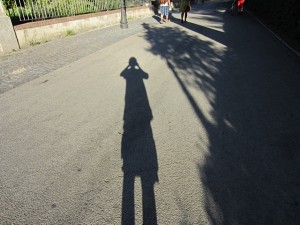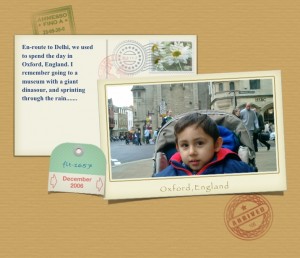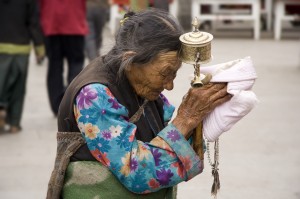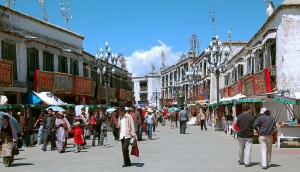Moderator: Ever since we invented internet based social media, humans have pondered over one question: “Is it better to have a ‘negative digital footprint’ or no digital footprint?” To attempt to answer this question, we now have a debate between Mr. Smith and Ms. Jones.
Moderator: Before we can begin to argue this topic, we should better understand what a digital footprint actually is. The common definition of a digital footprint is: publicly viewable actions of a person on a computer/the internet. A negative digital footprint might be an unkind post on any social media, like Facebook, which illuminates someone or something else in a negative light.
Moderator: So, Ms. Smith, do you believe that it is better to have a negative digital footprint, or no digital footprint at all?
Ms. Smith: I believe that it is better to have a negative digital footprint than to have no digital footprint.
Moderator: What about you, Mr Jones?
Mr. Jones: I think that it is better to have no digital footprint, instead of a negative one.
Moderator: Why do you think this, Mr. Jones?
Mr. Jones: One reason that I believe that it is better to have no digital footprint than a negative one is that a digital footprint is not the only way to be remembered. One can be remembered by teir non-digital achievements, without having to be recognized for negative things that show up on their digital footprint.
Moderator: Ms. Smith, can you argue otherwise? You have one minute.
Ms. Smith: Though one can be remembered for their non-digital achievements, digital society is an important part of our culture today. A digital footprint is essential because it allows one to share one’s opinions and work, and to connect with other people in a way that is otherwise very difficult to achieve. Other than this, what is the purpose of the internet?
Moderator: Ms. Smith, can you argue further why it is better to have a negative digital footprint than to have no digital footprint at all?
Ms. Smith: A person can be remembered by a digital footprint. I believe that it is better to be remembered as a person with flaws, than not be remembered at all.
Moderator: Can you reply, Mr. Jones? Remember, you only have a minute.
Mr. Jones: A digital footprint is only one way that a person can be remembered and recognized. Sometimes, it can be better to be less widely recognized, but be recognized for your positive contributions to society.
Moderator: Mr. Jones, do you have anything else that you want to say?
Mr. Jones: It is very difficult to modify or change one’s digital footprint. If one makes a mistake, it is permanent, and there is nothing that one can do about it.
Moderator: Ms. Smith, can you reply?
Ms. Smith: Though it is true that it can be very difficult to alter a digital footprint, mistakes can’t be altered in the real world either. The only difference is that negative components in one’s digital footprint can be more widely recognized in the real world. I believe that this is normal and acceptable, and that one should be recognized for who they are.
Moderator: Ms. Smith…
Mr. Jones: One should be able to choose how one is recognized. Otherwise, it would be a violation of their privacy.
Moderator: Ms. Smith, do you have anything else to say?
Ms. Smith: Sharing on the internet, and therefore leaving a digital footprint, can be better for the environment, because when one does so, one does not consume resources such as paper and ink/lead.
Moderator: Will you reply, Mr. Jones?
Mr. Jones: Ms. Smith’s statement is false. Sharing digitally, and making a digital footprint, does use electricity. Electricity requires other resources to be produced, and also negatively impacts the environment.
Moderator: Mr. Jones, do you have anything else to add?
Mr. Jones: A negative digital footprint has negative effects on others, as well as the person who created the footprint. Having no footprint has no effect, which is preferable to a negative effect.
Moderator: Ms. Smith, will you reply? This is the final statement.
Ms. Smith: Having a partly negative digital footprint does not mean that a negative digital footprint cannot have positive aspects.
Moderator: That concludes our debate tonight. We hope that you enjoyed learning about the pros and cons of digital footprints. Remember, you have all of the information. Now it’s time for you to present your opinion. Thank you.







